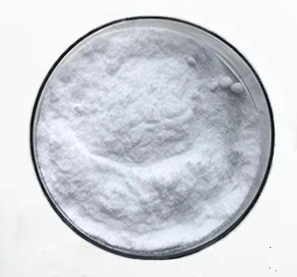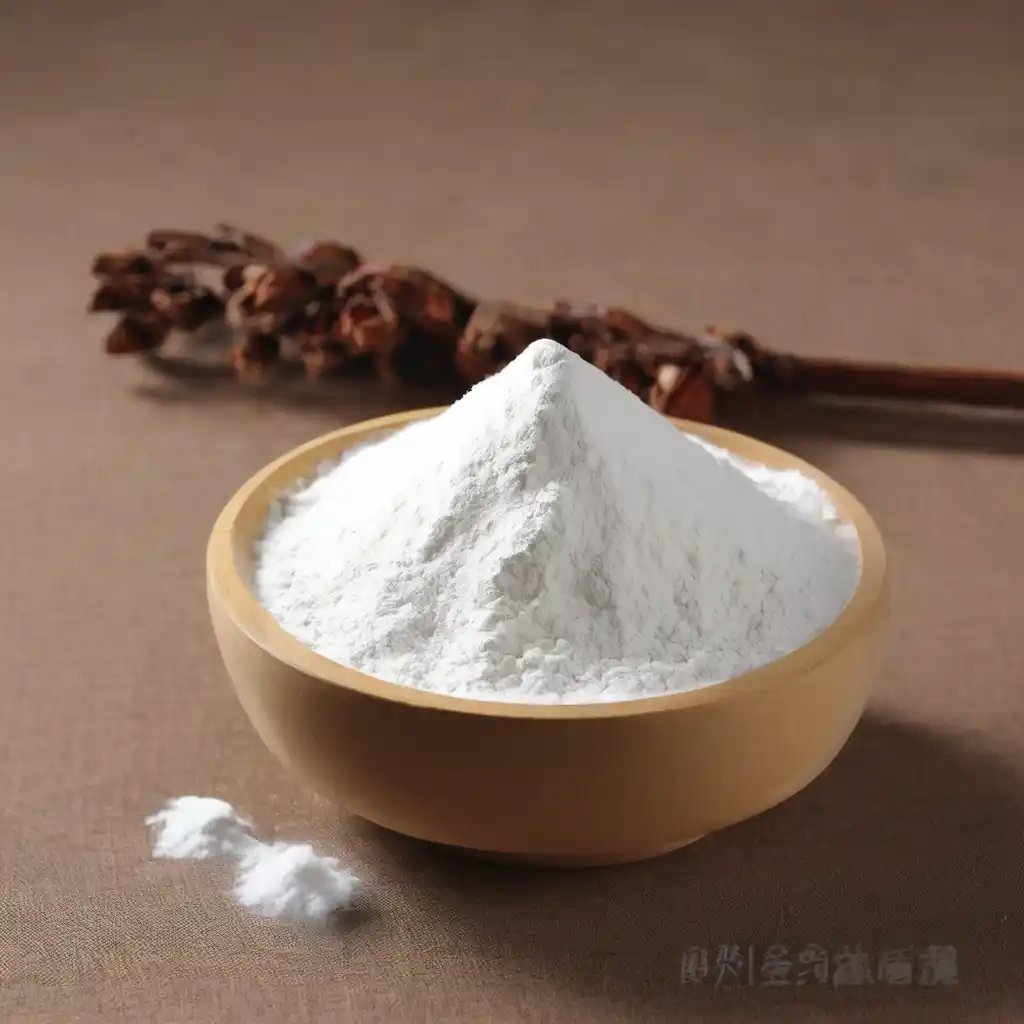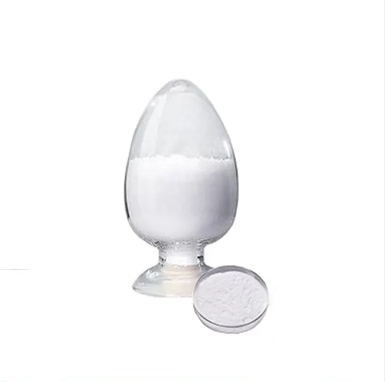3D printing technology has revolutionized manufacturing across numerous industries, enabling the creation of complex structures with unprecedented precision and efficiency. Among the various materials explored for 3D printing, pullulan powder has emerged as a promising candidate due to its unique properties and versatility. This article delves into the potential of pullulan powder in 3D printing technology, highlighting its advantages, applications, and future prospects.
What is pullulan powder?
Pullulan powder is a versatile, natural polysaccharide produced through the fermentation of starch by the fungus Aureobasidium pullulans. It stands out due to its biocompatibility, biodegradability, and excellent film-forming properties, making it suitable for a wide range of applications. In 3D printing, pullulan's unique characteristics enable the creation of biocompatible and biodegradable scaffolds for tissue engineering. Its ability to form clear, flexible films also makes it ideal for producing detailed and durable 3D printed structures.
In the pharmaceutical industry, pullulan is used to develop drug delivery systems, where its solubility and film-forming abilities allow for controlled release of medications. Additionally, in the food industry, pullulan is valued for creating edible coatings and packaging that enhance food preservation and safety. Its transparency and non-toxic nature also find applications in cosmetics, such as facial masks and skin patches, delivering active ingredients effectively. As research advances, pullulan's role is expected to expand, driving innovation across various sectors with its sustainable and versatile properties.
Advantages of Pullulan Powder in 3D Printing
Pullulan powder is suitable for 3D printing due to its unique properties, including high tensile strength, flexibility, transparency, and water solubility. These characteristics allow for the creation of durable, clear, and customizable 3D printed structures.
Biocompatibility and Biodegradability
Pullulan is a natural polysaccharide produced by the fermentation of starch by the fungus Aureobasidium pullulans. Its biocompatibility and biodegradability make it an excellent material for biomedical applications, particularly in the fabrication of implants, tissue scaffolds, and drug delivery systems. Unlike synthetic polymers, pullulan does not elicit adverse immune responses, making it suitable for direct interaction with biological tissues.
Mechanical Properties
Pullulan powder exhibits favorable mechanical properties, such as high tensile strength and flexibility, which are essential for producing durable and resilient 3D printed structures. These properties can be further enhanced by blending pullulan with other materials or by modifying its molecular structure, allowing for the customization of mechanical characteristics to meet specific application requirements.
Transparency and Water Solubility
Pullulan is inherently transparent and water-soluble, which opens up unique possibilities for 3D printing applications that require clear or dissolvable materials. Its transparency is particularly advantageous in optical devices, while its solubility can be leveraged in creating temporary supports or scaffolds that can be easily removed by water dissolution post-printing.
Applications of Pullulan Powder in 3D Printing
Biomedical Devices and Implants
The biocompatibility and biodegradability of pullulan make it an ideal material for printing biomedical devices and implants. Pullulan-based scaffolds are particularly beneficial as they can support cell growth and tissue regeneration. When these scaffolds degrade, they produce non-toxic byproducts that are easily resorbed by the body, minimizing any potential adverse effects. This makes pullulan an excellent choice for applications where interaction with biological tissues is required.
Additionally, pullulan can be functionalized with bioactive molecules to enhance cell adhesion and proliferation. This functionalization further promotes tissue regeneration, making pullulan-based materials highly effective for creating implants and other biomedical devices that integrate seamlessly with the body's natural tissues. These properties position pullulan as a promising material for advancing the field of regenerative medicine and improving the outcomes of biomedical implants.
Pharmaceutical Applications
Pullulan’s properties are highly beneficial in the pharmaceutical industry, particularly for creating customized drug delivery systems. Its biocompatibility ensures that it can be safely used in formulations that interact directly with the body, minimizing the risk of adverse reactions. Additionally, pullulan’s ability to form strong, flexible films allows for the development of innovative drug delivery mechanisms.
3D printed pullulan matrices offer a sophisticated approach to drug encapsulation and controlled release. These matrices can be precisely engineered to release their drug payload at specific rates, improving therapeutic outcomes by maintaining optimal drug levels in the body over extended periods. This controlled release capability is particularly advantageous for treatments requiring consistent dosages, enhancing the efficacy and convenience of medication regimens.
Moreover, pullulan’s excellent solubility can be exploited to create oral dissolvable films or capsules. These forms rapidly release their payload upon contact with bodily fluids, providing quick and efficient drug delivery. This is particularly useful for medications that need to act swiftly or for patients who have difficulty swallowing traditional pills. Pullulan’s versatility thus makes it an invaluable material in advancing pharmaceutical technologies and improving patient care.
Food Industry
In the food industry, pullulan is highly valued for its edibility and film-forming abilities. These properties make it an excellent material for developing innovative food packaging solutions that not only protect food but also enhance its presentation and shelf life. Pullulan can also be 3D printed into various shapes and forms, creating intricate edible decorations that add aesthetic appeal to food products.
In addition to its functional benefits, pullulan’s non-toxic nature and neutral taste make it a safe and consumer-friendly choice for food applications. Its use in packaging and edible decorations ensures that the final product is safe for consumption and appealing to consumers. This combination of safety, functionality, and aesthetic potential positions pullulan as a valuable material in the advancement of food industry technologies.
Cosmetic and Personal Care
In the cosmetic and personal care industries, pullulan's remarkable film-forming and moisture-retention properties have garnered significant attention. These attributes make it an ideal ingredient for various cosmetic formulations, enabling the creation of products that effectively address skincare needs. One notable application is in 3D printed pullulan masks or patches, which offer a novel approach to skincare by delivering active ingredients directly to the skin's surface. These masks or patches not only provide targeted treatment but also ensure sustained effects, enhancing the overall efficacy of skincare routines. Additionally, pullulan's compatibility with a wide range of cosmetic formulations further enhances its utility in this sector, allowing for the development of innovative and high-performance skincare products tailored to meet diverse consumer preferences and needs.
Future Prospects
Advancements in Material Science
Ongoing research in material science is expected to unlock new possibilities for pullulan in 3D printing. By manipulating its molecular structure or blending it with other biopolymers, scientists aim to create pullulan-based composites with enhanced properties tailored for specific applications. Innovations in crosslinking techniques and functionalization methods will further expand its utility in diverse fields.
Integration with Emerging Technologies
The integration of pullulan with emerging technologies, such as bioprinting and nanotechnology, holds great promise. Bioprinting with pullulan can create complex tissue constructs with precise architecture, advancing regenerative medicine and tissue engineering. Additionally, the development of pullulan-based nanocomposites can lead to the creation of smart materials with responsive or self-healing properties.
Sustainability and Environmental Impact
As industries increasingly prioritize sustainability, the demand for biodegradable and environmentally friendly materials like pullulan is expected to rise. Pullulan’s renewable origin and degradable nature make it an attractive alternative to conventional plastics, contributing to the reduction of plastic waste and promoting a circular economy.
The limitation of using pullulan in 3D printing
While pullulan offers many benefits for 3D printing, its water solubility can pose a limitation for applications that require prolonged exposure to moisture. Structures printed with pullulan may degrade or lose integrity when exposed to humid environments or direct contact with water over extended periods. This restricts its use in scenarios where durability and water resistance are critical.
However, this water solubility can also be an advantage in certain applications. For instance, pullulan can be used to create temporary supports in the printing of complex structures. These supports can easily be dissolved and removed with water, leaving behind the desired final product without any residue. This property makes pullulan a valuable material for specific, innovative 3D printing techniques where temporary structures are needed.
Conclusion
In conclusion, pullulan powder presents a versatile and promising material for 3D printing technology, with applications spanning biomedical, pharmaceutical, food, and cosmetic industries. Its unique properties, combined with ongoing advancements in material science, position pullulan as a key player in the future of 3D printing, driving innovation and sustainability across various sectors.
Supplier of High Quality Pullulan Powder
We are a professional supplier and manufacturer of pharmaceutical-grade pullulan, known for our strong reputation among customers worldwide. Our commitment to quality and excellence ensures that our pullulan meets the highest standards of purity and consistency, making it ideal for a wide range of applications, including 3D printing. Our pullulan powder offers exceptional biocompatibility, biodegradability, and film-forming properties, which are crucial for creating reliable and effective 3D printed structures in various industries such as biomedicine, pharmaceuticals, and food.
Our advanced production techniques and rigorous quality control processes guarantee that our pullulan not only meets but exceeds industry standards. Whether you need pullulan for drug delivery systems, tissue engineering scaffolds, or innovative food packaging, we provide a product that delivers optimal performance and results. We pride ourselves on offering excellent customer service and technical support to ensure you get the best out of our products.
We invite you to consult with us to explore how our high-quality pullulan can meet your specific needs and help drive your projects to success. Contact us today to learn more about our products and how we can assist you in achieving your goals.





